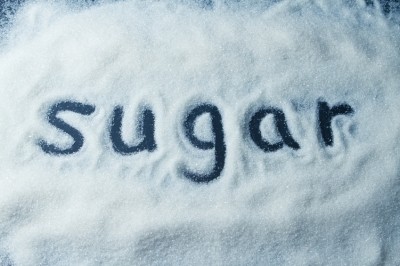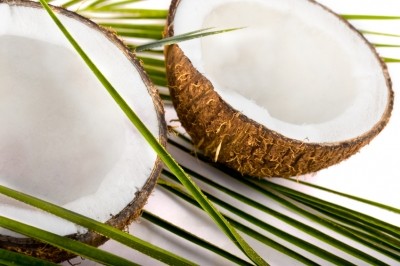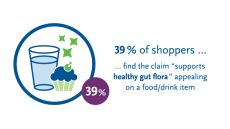Brain places energy needs over sweet taste: Mouse data

It suggested that the 'sweet tooth' craving may be the brain’s way of signalling the need to consume more calories rather than an addiction to the sweet taste.
Researchers from Yale University and the University of São Paulo's Biomedical Science Institute (ICB-USP), believed this craving sensation originates in a region of the brain involved in the perception of pleasure produced by eating sweet food. The same region also ensures nutritional intake is sufficient for the body’s needs.
Experimental details
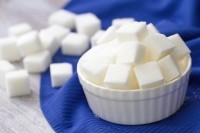
In the experiment the mice licked the spout of a sipper-bottle containing sweetener and received stomach injections of solutions containing sugar (D-glucose) or an equal amount of non-caloric sweetener (sucralose).
The amount of dopamine released by this specific region increased in response to the intake of both sugar and sweetener.
Different neural circuits in the same brain region were involved in the pleasure derived from eating, as well as the caloric value and nutrition of food.
Circuits in the ventral striatum are responsible for the perception of pleasure derived from food with a sweet taste, whereas circuits in the dorsal striatum recognised the caloric and nutritional value of sweet food.
The researchers also experimented with an unpleasant tasting but caloric substance to see whether the expression of dopamine changed in the brain regions of mice.
They altered the taste of the sweetener in the sipper by adding a small amount of denatonium benzoate, a bitter compound. The mice continued to receive intragastric infusions of glucose.
This alteration in the taste of the sweetener inhibited dopamine release in the ventral striatum induced by the intra-gastric sugar infusion, but the amount of dopamine expressed in the dorsal striatum increased.
Dopamine pathway
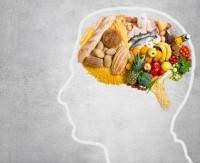
"Circuits in the striatum and the dopaminergic neurons that enervate this brain region could be involved in recognising nutritional value and taste," said team member Tatiana Lima Ferreira. “Striatal dopaminergic neurons express dopamine, a neurotransmitter associated with pleasure and reward."
Ferreira was referring to a previous study, in which the same Yale research group reported that calorie-rich nutrients can directly influence brain reward circuits that control food intake independently of palatability or functional taste transduction.
However, this study failed to establish whether the circuits in the dorsal and ventral parts of the striatum were equally involved in recognising these two characteristics.
This latest study suggested neural circuits in the ventral striatum did not make the distinction between caloric and non-caloric ingestion. Dopamine was secreted by this brain region if the food was pleasant tasting.
“Our data indicate that sugar recruits a distributed dopamine-excitable striatal circuitry that acts to prioritise energy-seeking over taste quality,” the study concluded.
Source: Nature Neuroscience
Published online ahead of print, DOI: 10.1038/nn.4224
“Separate circuitries encode the hedonic and nutritional values of sugar.”
Authors: Luis A Tellez, Wenfei Han, Xiaobing Zhang, Tatiana L Ferreira, Isaac O Perez, Sara J Shammah-Lagnado, Anthony N van den Pol, Ivan E de Araujo.


